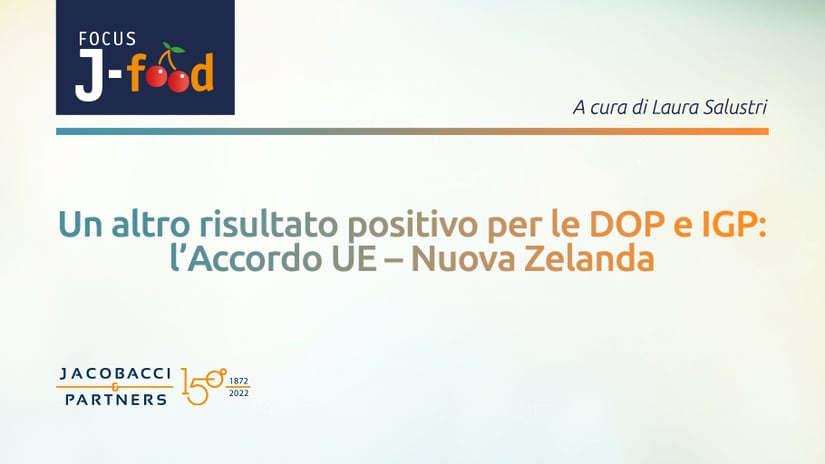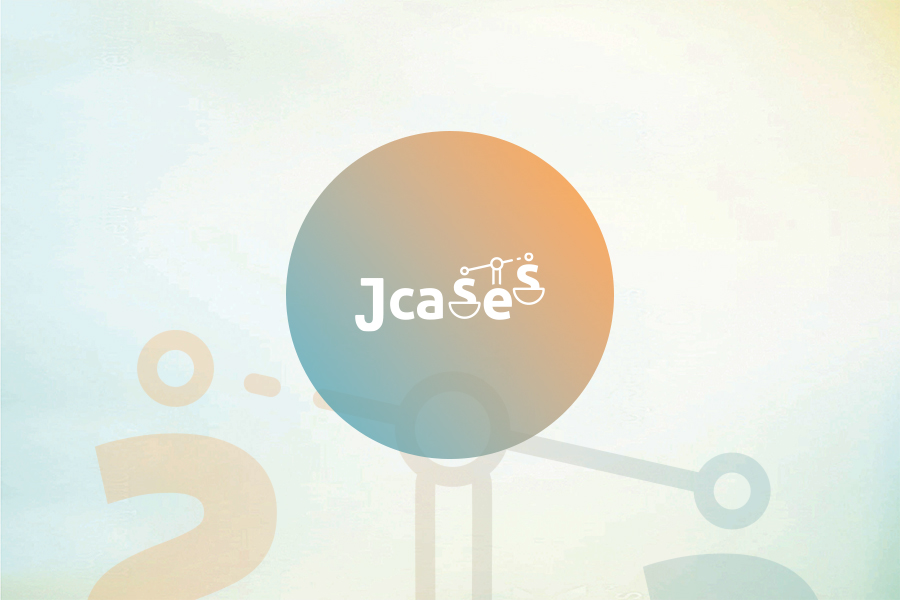
Grazie agli sforzi congiunti dell’Unione Europea e della Nuova Zelanda, il 30 giugno 2022 si sono conclusi i negoziati iniziati nel 2018 che porteranno alla formalizzazione dell’Accordo bilaterale.
Il testo pubblicato dalla Commissione potrebbe subire modifiche, in ragione delle revisioni legali che si rendono necessarie in tali circostanze, ma l’impianto dell’Accordo appare chiaro e consente di esprimere alcune osservazioni in merito alla protezione delle Indicazioni Geografiche.
Le IG dell’UE protette sono molteplici, di cui un nutrito numero si riferiscono a vini e bevande spiritose, come i nostri BAROLO, EMILIA /DELL’EMILIA, FRANCIACORTA, GAVI, LAMBRUSCO DI SORBARA, MONTEPULCIANO D’ABRUZZO, PASSITO DI PANTELLERIA, PRIMITIVO DI MANDURIA, PROSECCO. Si contano poi 163 IG relative a prodotti agroalimentari, come i nostri ASIAGO, FONTINA, GORGONZOLA, GRANA PADANO, MELA ALTO ADIGE, MORTADELLA BOLOGNA, PARMIGIANO REGGIANO, PECORINO ROMANO, PROSCIUTTO DI PARMA, TALEGGIO, solo per citarne alcuni. L’elenco potrà essere modificato, aggiungendo anche nuove IG.
Gli aspetti maggiormente positivi dell’Accordo riguardano la protezione accordata alle IG, che appare per certi aspetti costruita sulla falsariga di quanto stabilito dai Regolamenti UE, come il Regolamento (UE) N. 1151/2012 del Parlamento Europeo e del Consiglio del 21 novembre 2012 sui regimi di qualità dei prodotti agricoli e alimentari, ed il Regolamento (UE) N. 1308/2013 del Parlamento Europeo e del Consiglio del 17 dicembre 2013 recante organizzazione comune dei mercati dei prodotti agricoli.
Di seguito riportiamo il testo dell’art. X.33:
ARTICLE X.33
EU-New Zealand Free Trade Agreement
Protection of Geographical Indications
1. Each Party shall, in respect of geographical indications of the other Party listed in Annex XX-B provide the legal means for interested parties to prevent in its territory:
(a) The commercial use of a geographical indication identifying a good for a like good not meeting the applicable product specifications of the geographical indication even if:
(i) the true origin of the good is indicated;
(ii) the geographical indication is used in translation or transliteration,
or
(iii) the geographical indication is accompanied by expressions such as "kind", "type", "style", "imitation", or the like;
(b) The use of any means in the designation or presentation of a good that indicates or suggests
that the good in question originates in a geographical area other than the true place of origin in a manner which misleads the public as to the geographical origin or nature of the good; and
(c) Any other use of a geographical indication which constitutes an act of unfair competition within the meaning of Article 10bis of the Paris Convention which may include commercial use of a geographical indication that exploits the reputation of that geographical indication, including when that product is used as an ingredient.
Anche per quanto concerne il potenziale conflitto tra marchi e IG, l’Accordo richiama quanto previsto dai Regolamenti UE. Si veda di seguito il testo dell’Art. X.35:
ARTICLE X.35
EU-New Zealand Free Trade Agreement
Relationship to trademarks
1. The registration of a trademark which contains or consists of a geographical indication of the other Party listed in Annex XX-B shall be refused or invalidated, ex officio if a Party's legislation so permits or at the request of an interested party, with respect to a product that falls within the
product class specified in Annex XX-A for that geographical indication and that does not riginate in the place of origin specified in Annex XX-B for that geographical indication.
2. If a trademark has been applied for or registered in good faith, or if rights to a trademark have been acquired through use in good faith, in a Party before the date of protection of that geographical indication as set out in Article X.33bis, measures adopted to implement this Sub-section in that Party shall not prejudice the eligibility for or the validity of the registration of the trademark, or the right to use the trademark, on the basis that the trademark is identical with, or similar to, a geographical indication. Such trademark may continue to be used and renewed for that product notwithstanding the protection of the geographical indication, provided that no grounds for the trademark’s invalidity or revocation exist in the legislation on trademarks of the Parties.
3. A Party may provide that any request made under this Sub-section in connection with the use or registration of a trademark must be presented within five years after the adverse use of the protected indication has become generally known in that Party or after the date of registration of the trademark in that Party provided that the trademark has been published by that date, if such date is earlier than the date on which the adverse use became generally known in that Party.
Tale Accordo, tuttavia, evidenzia anche aspetti critici, tra i quali si citano i seguenti:
- il testo non fa menzione al concetto di evocazione delle IG;
- il rifiuto o l’invalidazione di un marchio sono previsti nel caso in cui detto marchio contenga o consista in una IG, ma non sembrano estesi anche a marchi simili alla IG;
- la clausola grandfathering, in base alla quale la protezione di una IG (come “GORGONZOLA”), non impedisce l'uso della stessa, per un massimo di 5 anni dalla data di entrata in vigore dell’Accordo, da parte dei soggetti che abbiano fatto uso commerciale di tale indicazione in maniera continuativa all’entrata in vigore del presente Accordo. La norma specifica altresì che tale uso non deve indurre in inganno i consumatori in merito all'origine del prodotto, ma non chiarisce in quale modo sia possibile evitare tale potenziale inganno;
- la tutela ai sensi dell’Articolo X.33 dell’Accordo non è estesa ad alcuni termini di indicazioni geografiche composte (come, ad esempio, GRANA di “GRANA PADANO”, PROVOLONE per “PROVOLONE VALPADANA”);
- la protezione di “PARMIGIANO REGGIANO” non osta all’uso del termine “PARMESAN” da parte di chiunque abbia utilizzato quest’ultimo in buona fede per almeno 5 anni prima dell'entrata in vigore dell’Accordo. Tale termine dovrà essere accompagnato da un'indicazione leggibile e visibile dell'origine geografica del prodotto. L'elenco dei preutenti è stato definito e condiviso prima della sottoscrizione dell’Accordo.
Attendiamo ora il perfezionamento dell’Accordo, così da poterne verificare l’effettiva incidenza.


